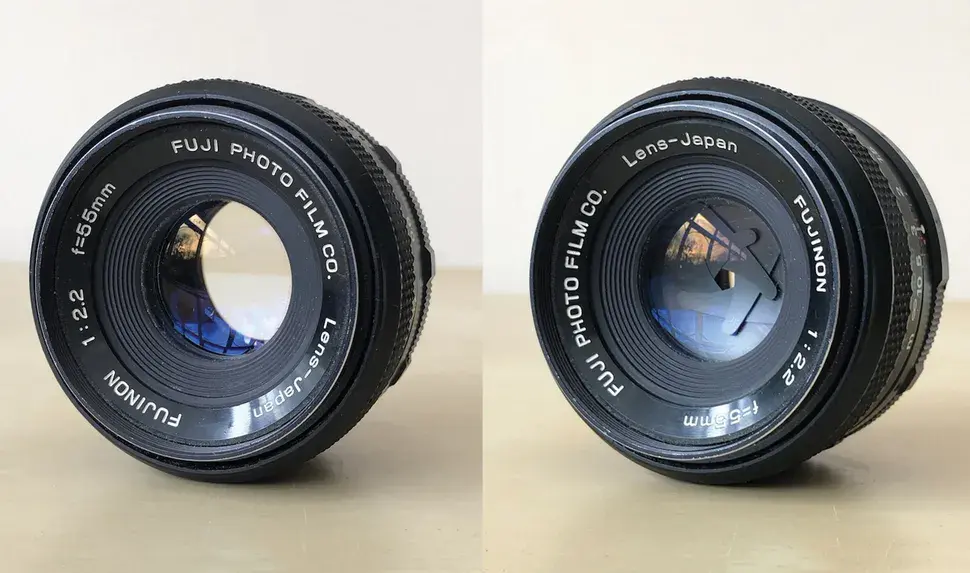Aperture - Understanding Exposure
- Tea L
- Aug 2
- 4 min read
Updated: Sep 4
Let's cover the basics of Aperture (Iris) when it comes to working with cameras. We're going to start with shorter to-the-point explanations and at the end we will dive a bit deeper, so you can use this as a quick reference if needed.
Utilitarian Explanation of Aperture
Aperture (Iris) is one of the three methods by which you control exposure, along with Shutter Speed and ISO.
A lower F-Stop (the unit of measure of Aperture) results in a brighter exposure (i.e. F/2.8).
This may also be referred to as a faster F-Stop.
A higher F-Stop results in a darker exposure (i.e. F/8.0).
This may also be referred to as a slower F-Stop.
The side effect of Aperture is it’s effect on Depth of Field (range of distance rendered in focus.)
A lower F-Stop results in a shallower depth of field (less distance in focus).
A higher F-Stop results in a deeper depth of field (more distance in focus).
However, depth of field is also heavily impacted by a lenses focal length, a cameras sensor size and often the distance the subject is from the camera. Therefore some lens and camera combinations will always seem to have a naturally shallower or deeper focus. (More on that in the Depth of Field Blog Post.)
Suggestions on how to use Aperture while shooting
You can use Aperture to increase or decrease your exposure, however this comes at the cost of changing your depth of field.
On most* lenses F-Stops F/2.8 or below are considered to be shallow.
On most* lenses F-Stops F/8.0 or below are considered to be deep.
Depth of field if often a central aesthetic concern for filmmakers and videographers, as such you may want to keep a consistent depth while working. However, you should be reasonable with your expectations of yourself or your auto-focus.
Shooting as shallow as possible is often more achievable in an seated interview with very little movement than it is in a run-and-gun situation, in which case a higher/slower f-stop may be a prudent choice.
So if you want a specific depth of field as your primary concern, set you Aperture first and balance Shutter Speed and ISO accordingly to manage your exposure.
This is also what Aperture Priority Auto-Exposure Modes do, they allow you to set your aperture manually and manage the shutter speed and ISO for you.
A slightly deeper explanation of Aperture
The Iris is the ring of blades that close to restrict light or open to increase the light allowed to reach the sensor of your camera. The Aperture is the name for the hole in the middle of these blades.
Most people say aperture when referring to the settings on a camera, but they are used somewhat interchangeably.
Aperture is measured in F-Stops, these are specific numbers expressed with “F/” preceding them. (i.e. F/5.6)
F-Stops represent the ratio of the focal length of the lens to the diameter of the entrance pupil (aperture). This means that a given F-Stop will produce the same level of light transmisson (a.k.a. brightness) regardless of the specific lens in question.
The full F-Stops are: F/1.4 F/2.8 F/4.0 F/5.6 F/8 F/11 F/16 F/22
However most cameras allow you to dial in half stops or possibly even third stops in between these.
F-Stops are generally something you just internalize as you work with cameras, hence it is mostly memorization for the numbers. Eventually with enough practice you will look at a scene and think “I need an F/# for what I want to achieve here.”
Each of the principal three methods of exposure control come with a tradeoff, here that is the effect aperture has on Depth of Field (range of distance rendered in focus.)
An extremely common example of shallow depth of field are photos with Bokeh (specifically shaped out of focus dots in the background of the image.) Deep depth of field on the other hand is a hallmark of sports television and cellphone cameras where everything seems to always be in focus.
You phones portrait mode is most often post-production trickery, due to the technical optical constraints of their cameras.
Generally small F-stops will result in a shallow depth of field and large F-stop numbers result in a deeper depth of field. However how shallow or deep you can get will depend on the focal length of the lens.
As such this needs to be taken into account when using Aperture for exposure control, if you absolutely want deep focus in a shot, you will need to balance your ISO / Shutter Speed accordingly to make up the loss in light from the high aperture.
The alternative is to control the lighting of your scene, but these guides are written from the perspective of ethnographic documentarians and research creation efforts which mostly work with existing or natural light.







Comments